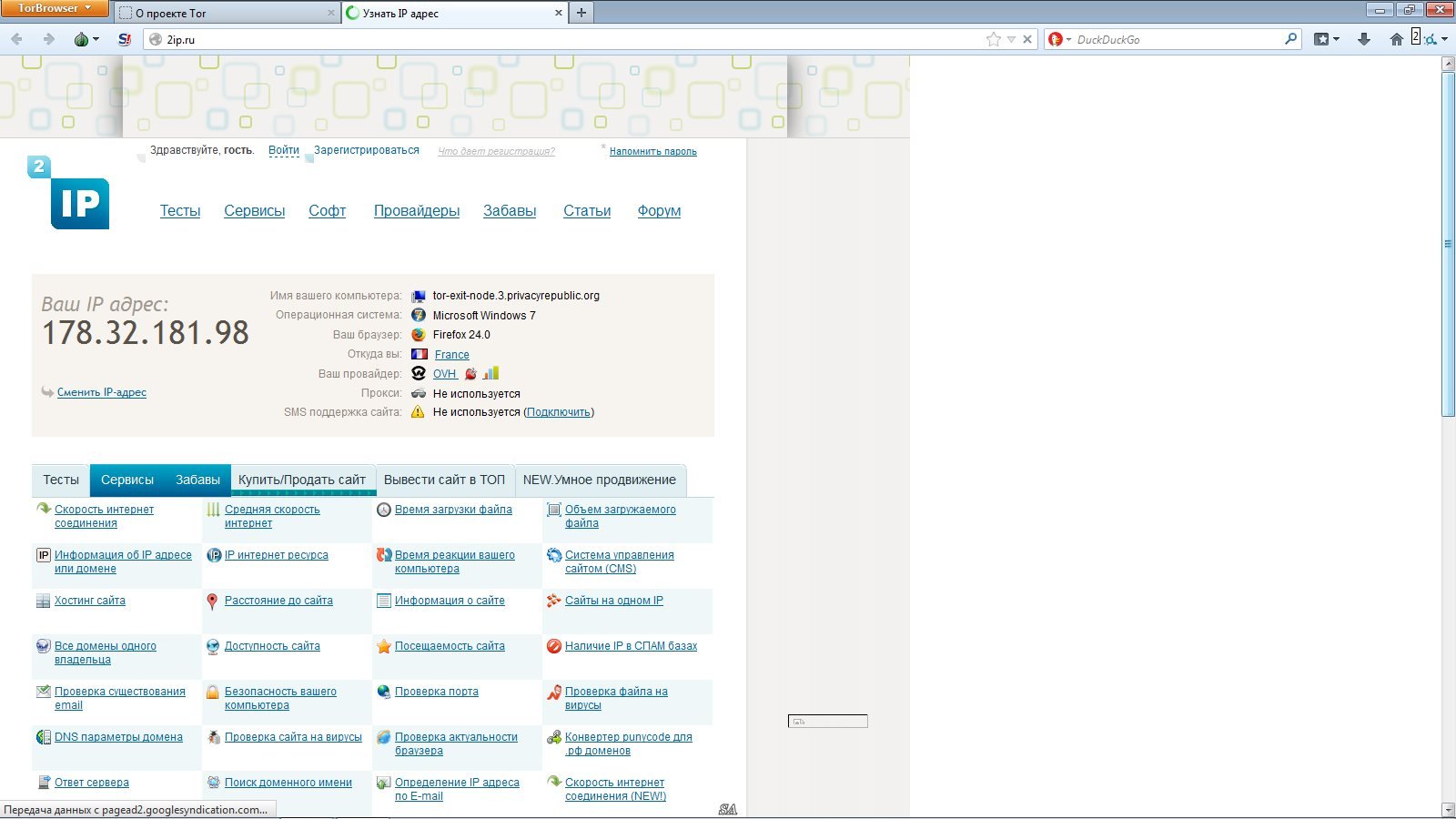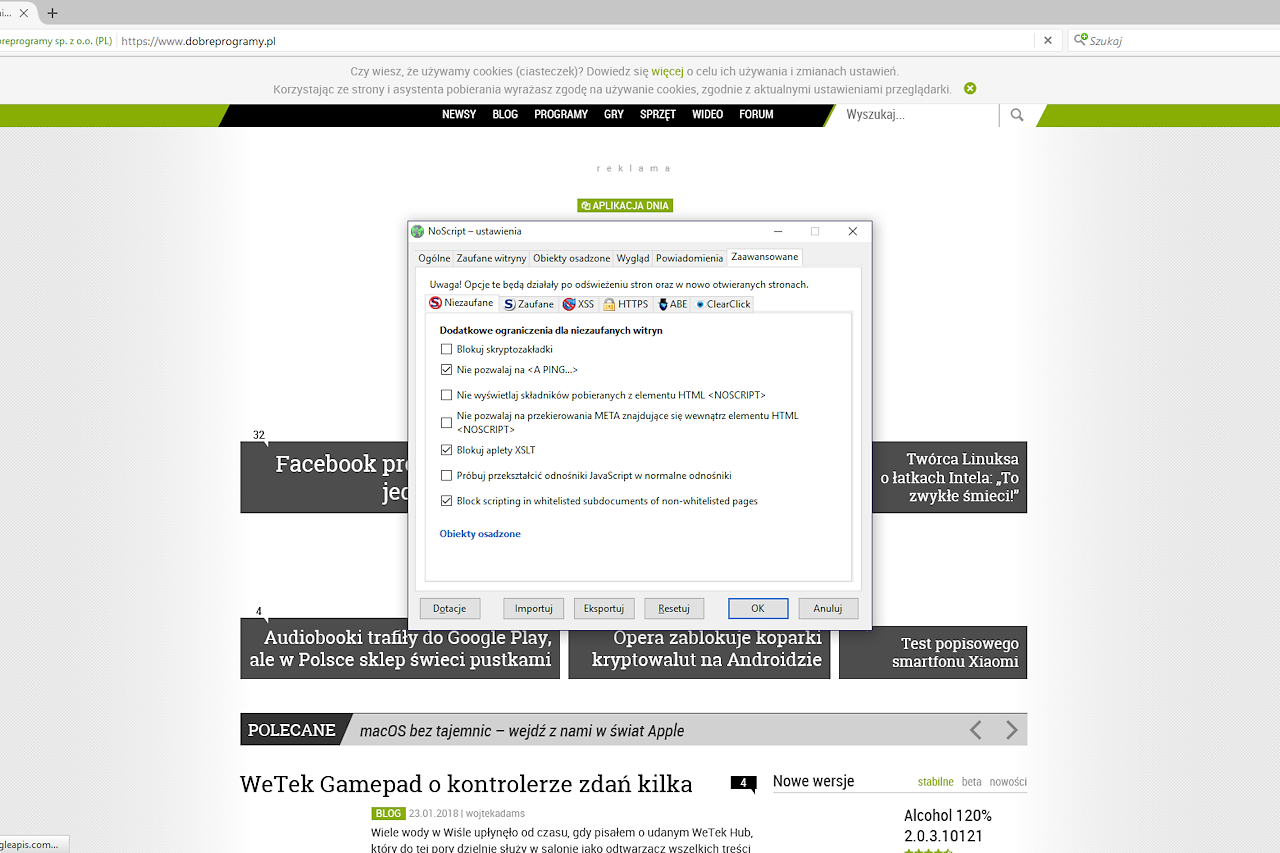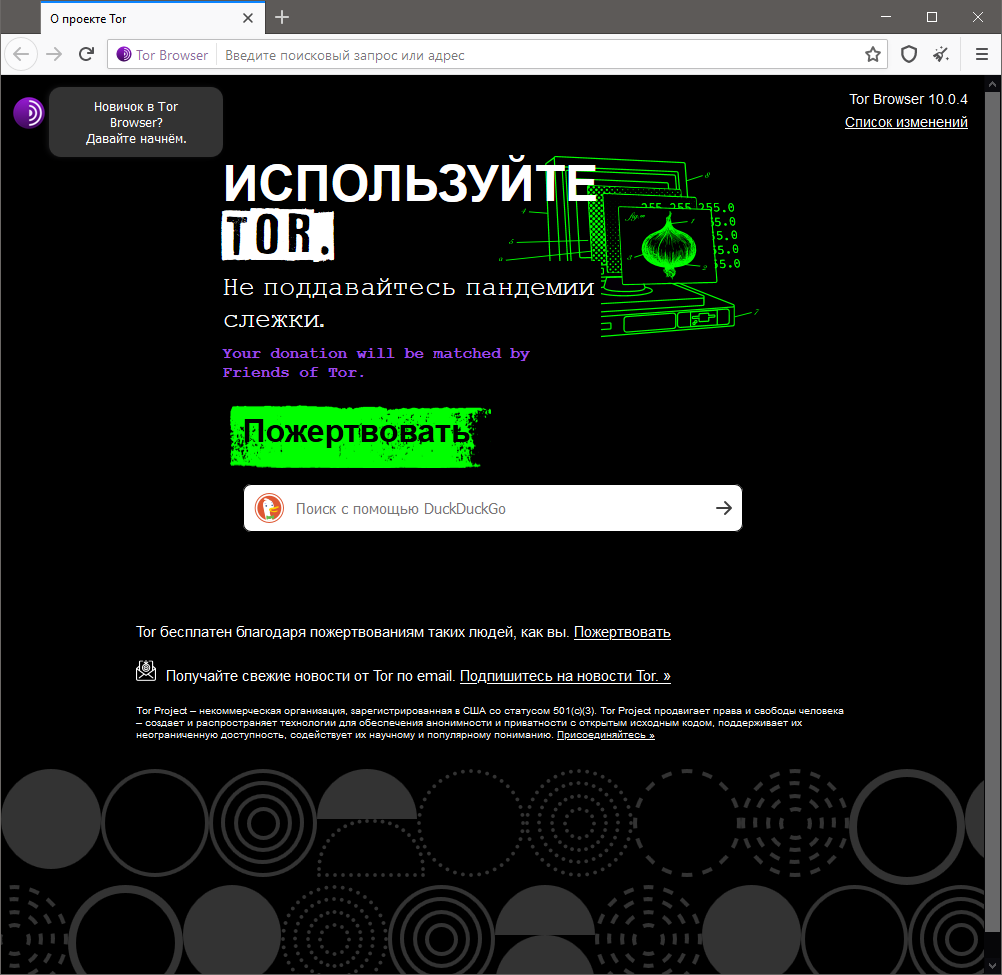
The other is a modified, portable version of the Mozilla Firefox browser with several special features that help you take advantage of the anonymous browsing system provided by the tool. The first one is the control panel you use to connect to the Tor network which you will have to activate every time you want to browse anonymously. The program changes the way in which information you send over the net travels, providing you with a routing system that hides your data from your internet provider, so that the pages you visit, your credentials, and your browsing history will remain anonymous at all times. HTTPS provides encryption between the exit node and destination website.The TOR project (The Onion Group) is an altruistic initiative promoted by several experts in Computer and Internet Security that provides users with a tool to protect their identities and maintain anonymity and browse the web.


It also includes the EFF’s HTTPS Everywhere extension, which enables HTTPS on websites with HTTPS support. For example, Flash and other browser plug-ins can reveal your IP address – the Tor Browser Bundle disables plug-ins for you and provides a safe environment, so you don’t have to worry about your browser settings. You can use Tor with other browsers and browser configurations, but this is likely to be unsafe.

The Tor Browser Bundle is a customized, portable version of Firefox that comes preconfigured with the ideal settings and extensions for TOr. The Tor Project recommends the Tor Browser Bundle as the safest, easiest way to use Tor. If you want more detailed information about how Tor works, check out the Tor Project’s website. While the architecture does a good job of offering anonymity, browsing through Tor is significantly slower than browsing normally. It’s not a great idea to use Tor for normal browsing, though. Whistleblowers can use Tor to leak information without their traffic being monitored and logged. Tor offers anonymity and a path through Internet censorship and monitoring – people living under repressive regimes with censored Internet connections can use Tor to access the wider Internet without fear of reprisal. (Of course, traffic can be monitored at the exit node if you’re accessing an unencrypted website.) The exit node passes the traffic back along the relays, and the relays don’t know where it ends up. The exit node talks to Google for you – from Google’s perspective, the exit node is accessing their website.

The Tor relays pass your traffic along until it eventually reaches an exit node. Your Internet service provider and local network operator can’t see that you’re accessing – they just see encrypted Tor traffic. For example, let’s say you access through Tor.


 0 kommentar(er)
0 kommentar(er)
